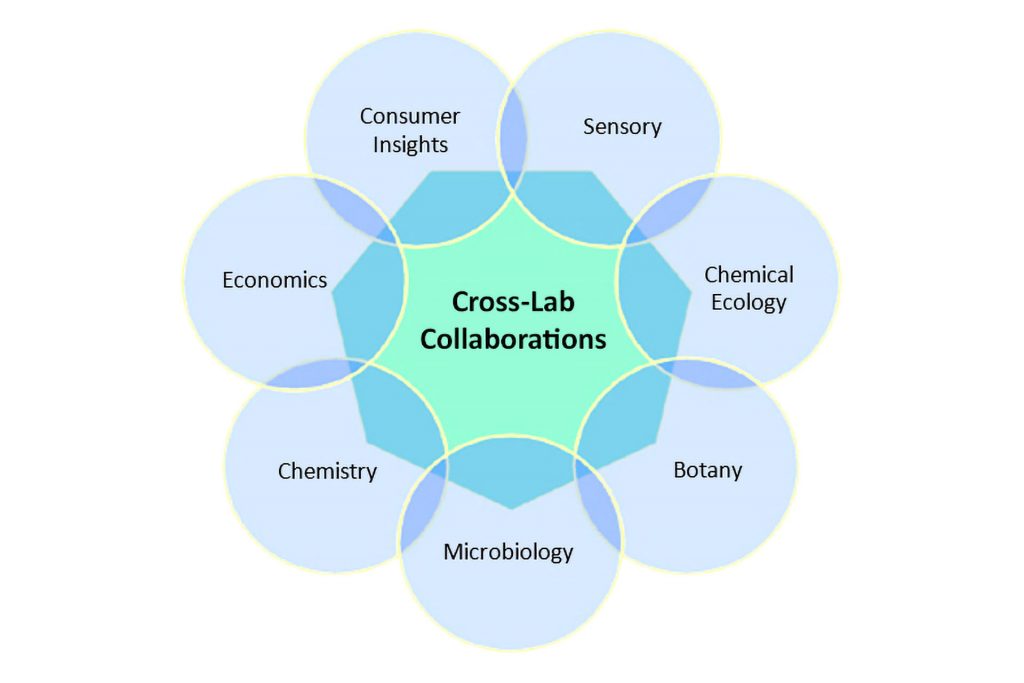
Researchers include chemists, biologists, economists, and sensory scientists, who bring a collaborative, creative problem-solving approach when investigating complex issues such as how changes in climate affect the quality of the crops, food and beverage we eat and drink, as well as innovative to investigate and remediate hazardous waste sites. We invite you to explore our website to learn more about our team.